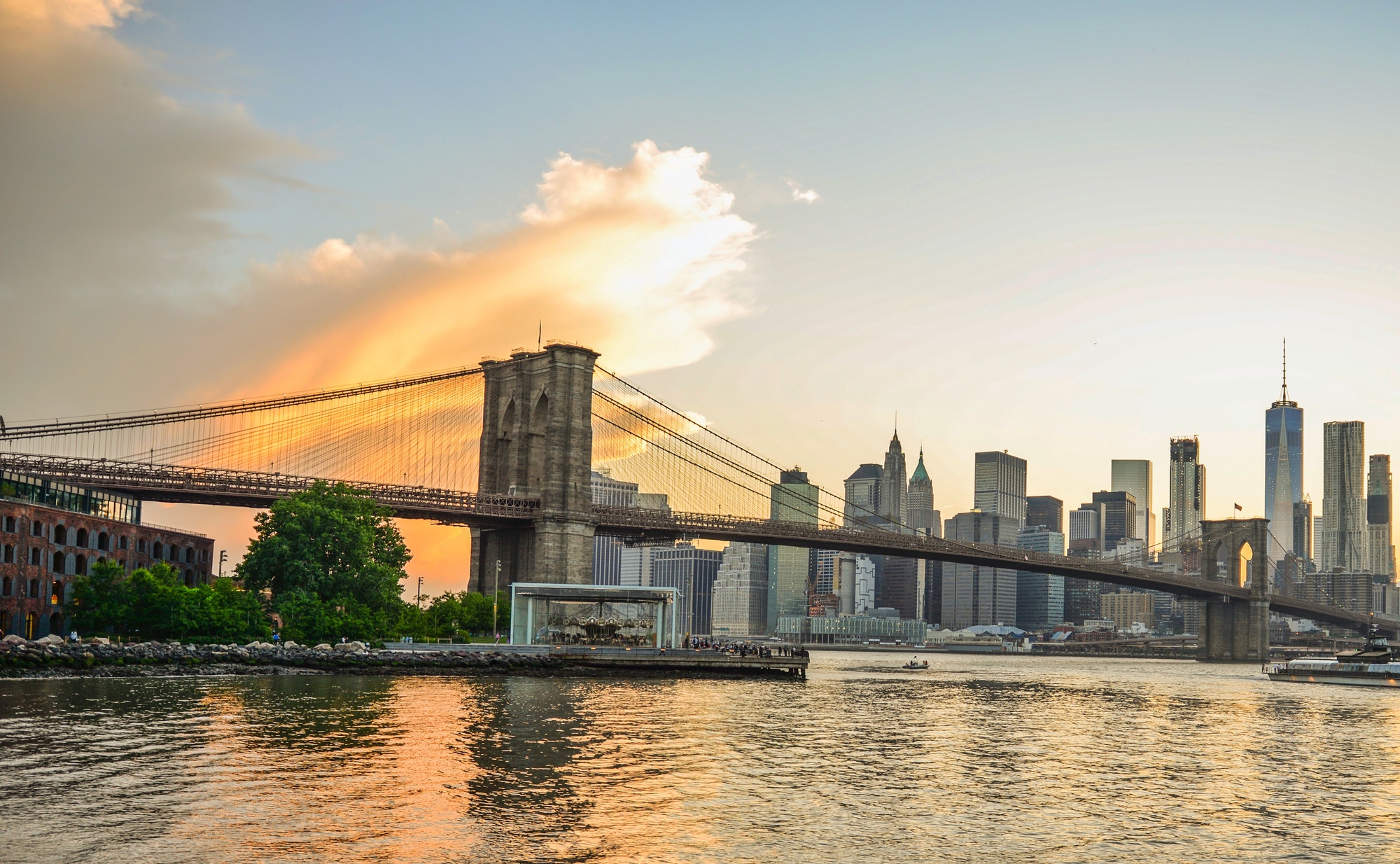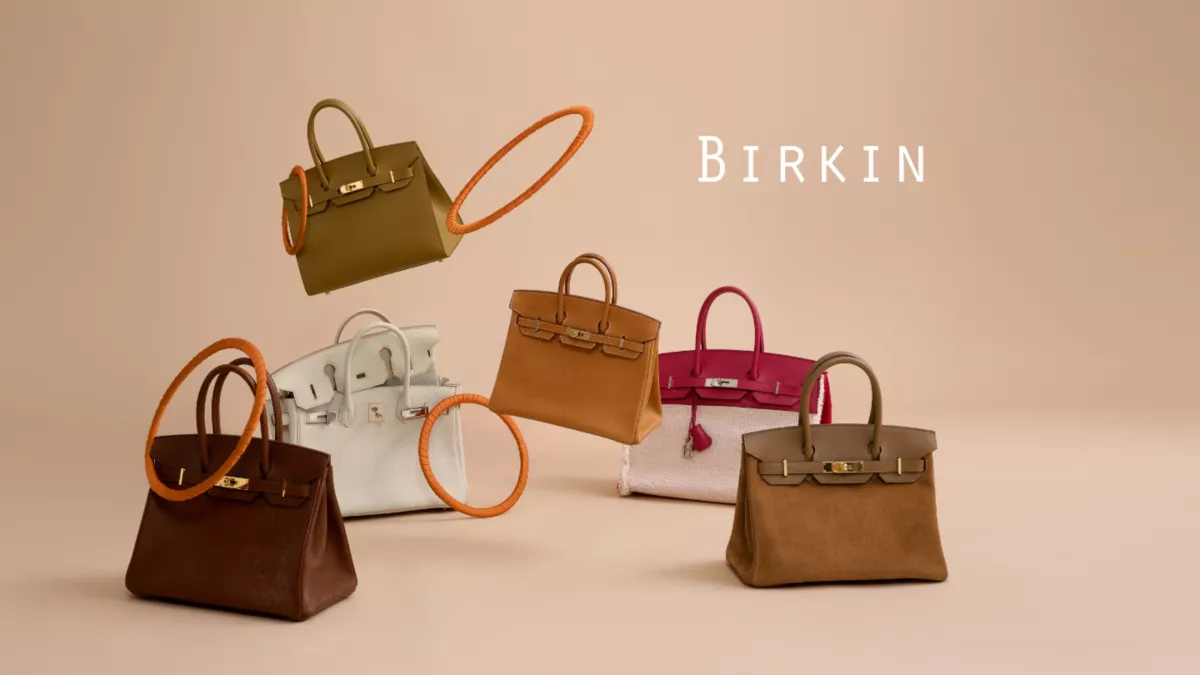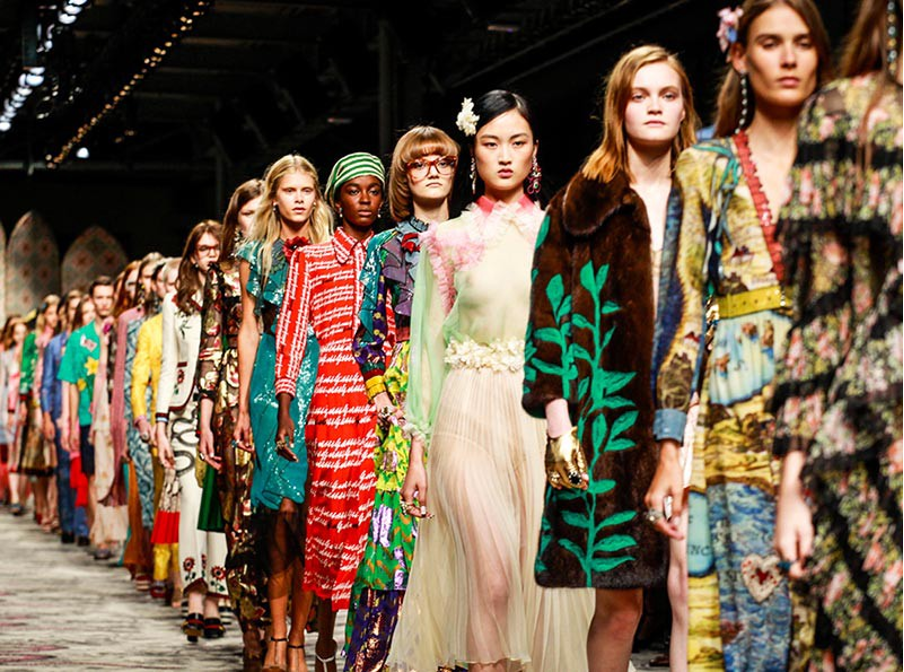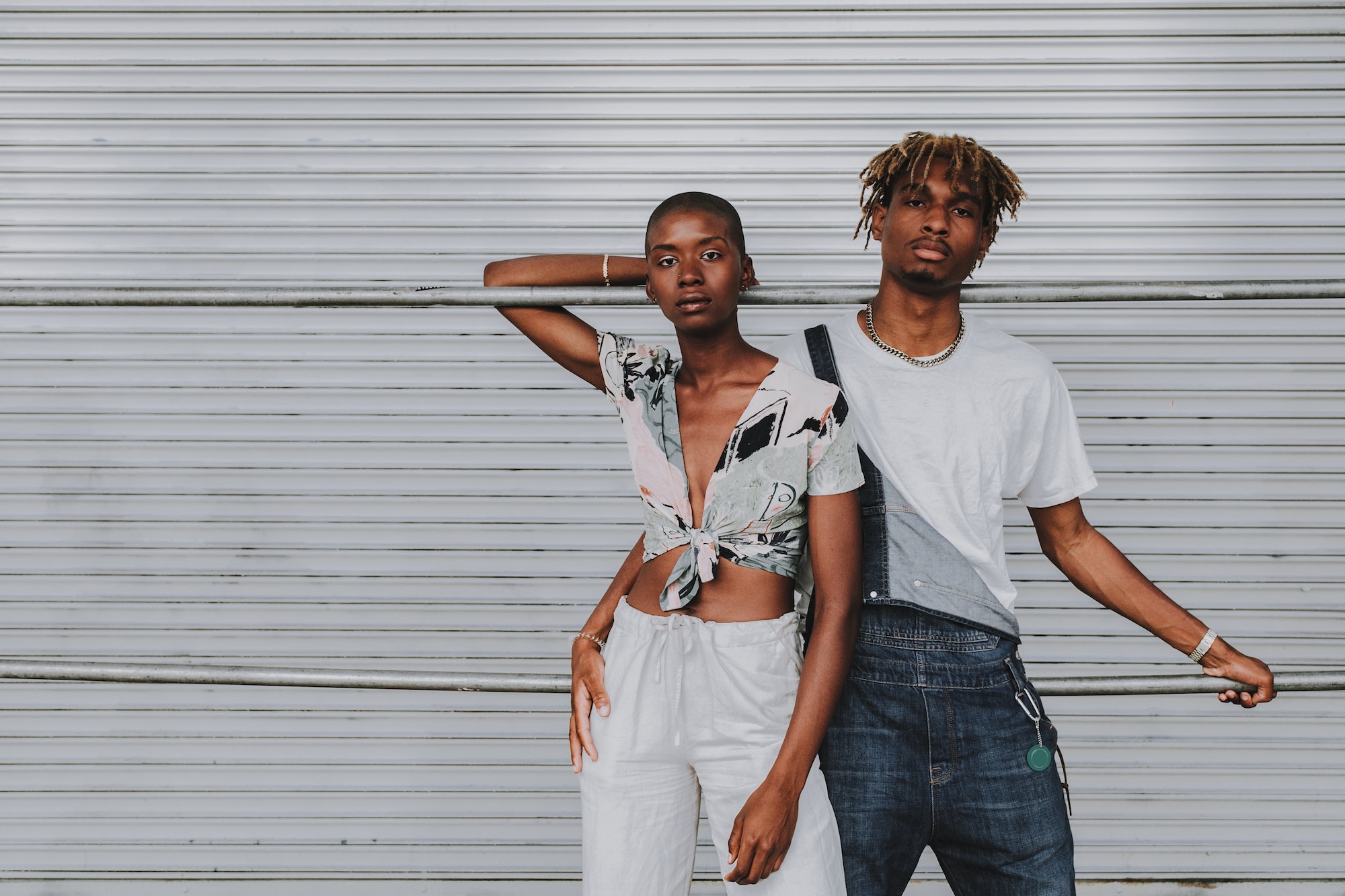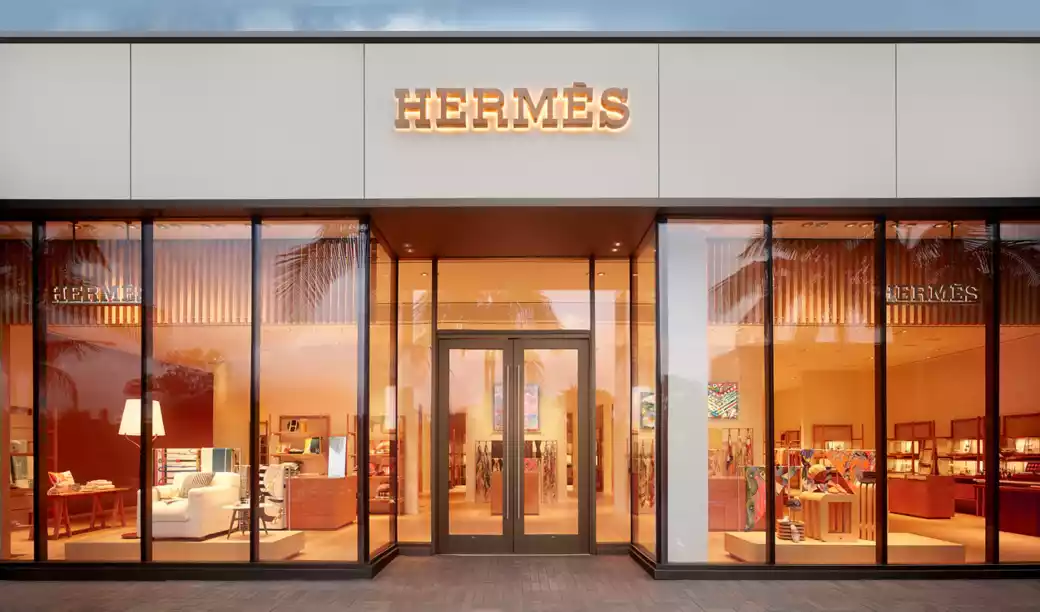Fashion is money, and New York is making every penny of it. Hosting events like the biannual New York Fashion Week, the city draws over 230,000 visitors and generates an annual economic impact of nearly $600 million.[i] This economic impact surpasses the combined influence of Milan, Paris, and London’s fashion weeks.[ii]
Despite its global influence, however, the industry lacks comprehensive regulations safeguarding both workers and the environment in New York. The New York Fashion Act and Fashion Workers Act are two bills currently on the national legislative agenda, aiming to address these critical gaps.
New York Fashion Act
The Fashion Sustainability and Social Accountability Act (S7428/A8352)[iii] applies to apparel and footwear companies operating in New York with an annual global revenue of $100 million.[iv] This legislation seeks to make fashion retail sellers and manufacturers accountable for their social and environmental impacts while ensuring their global competitiveness in light of the following findings.
- Exploitation of Global Labor: The garment industry heavily relies on cheap labor, especially women in the Global South, leading to routine exploitation, inadequate pay, and the risk of sexual abuse.
- Greenhouse Gas Emissions: The fashion industry contributes 4-8.6% of the global greenhouse gas footprint, surpassing New York and more than France, Germany, and the UK combined. Unchecked growth could exceed a quarter of the world’s carbon budget by 2050.
- Mishandling of Industrial Chemicals: The fashion industry extensively uses and mishandles chemicals, particularly in textile mills, resulting in toxic waste discharge and impacting the health of workers, consumers, and communities globally.
- Market Share Competition: Companies prioritize financial gains over sustainability, putting ethical practices at a cost disadvantage. Foreign players like Shein gained 15% of the fast fashion market share in six months by leveraging environmental and labor abuses as a competitive advantage.[v]
To hold retail sellers and manufacturers accountable for their social and environmental impacts, the Act mandates them to:
- Disclose their supply chains by mapping out the entire process
- Identify, prevent, mitigate, and remediate adverse impacts on human rights and the environment
- Reduce carbon footprint aligned with the Paris Agreement
- Collaborate with suppliers to manage chemical use effectively
- Perform mandatory due diligence, coupled with independently verified disclosure around wages and strong enforcement overseen by the Attorney General.[vi]
To regulate and enforce the above requirements, the New York Department of State would collaborate with state agencies to develop regulations, with enforcement overseen by the Attorney General or the designated administrator.[vii] Non-compliance may result in fines of up to 2% of annual revenues, and these funds would benefit workers, communities, and environmental projects.[viii] Fashion companies would also be collectively liable regarding lost wages of garment workers, establishing New York as a leader in corporate accountability and providing a foundational framework for the industry’s future success.[ix]
Fashion Workers Act
New York’s fashion workers constitute 6% of the city’s workforce and contribute to $11 billion in total wages and $2 billion in tax revenues each year.[x] And yet, they lack basic labor protections and benefits.
The Fashion Workers Act (S2477/A5631)[xi] addresses these issues, particularly focusing on models and creatives. The law would regulate model management agencies that escape accountability and create basic protection for these workers from exploitative practices.[xii]
Unlike actors who are hired as employees by production companies, models are often hired as independent contractors through management companies, and therefore unable to unionize.[xiii] Accordingly, modeling and creative agencies are classified as management companies instead of talent agencies under the New York State General Business Law §171(8).[xiv] The “incidental booking exception,” within this framework, excludes the talent represented by these management companies from employee status, thereby exempting them from most of the labor regulations that safeguard workers in other industries.[xv]
Moreover, agencies are usually granted “power of attorney” as part of their agreement to represent talent, providing them with the authority to perform various tasks.[xvi] Agencies negotiate and sign agreements, accept payments, deposit checks, deduct expenses, book jobs, and permit third parties to use the model’s image—all on the models’ behalf and without any obligation to act in their best interests.[xvii]
Hence, the Act, if passed, would require management companies to:
- Establish a fiduciary duty to act in the best interests of talent
- Pay workers within 45 days of completing a job
- Provide workers with copies of contracts and agreements
- Notify former workers if the management collects royalties on their behalf
- Register and deposit a $50,000 surety bond with the NYS Department of State
- Conduct a reasonable inquiry into health and safety on set, implementing a zero-tolerance policy for abuse
- Stop bad practices such as:
- Requiring power of attorney as a prerequisite for entering into a contract
- Charging models interest on payment of earnings
- Collecting signing fees or deposits from models
- Charging more than the daily fair market rate for accommodation
- Deducting any fee or expense other than the agreed-upon commission
- Renewing the contract without the worker’s affirmative consent
- Imposing a commission fee greater than twenty percent of the worker’s compensation
- Taking retaliatory action against the worker for using the bill to file a complaint
- Engaging in discrimination or harassment against talent based on legally permissible categories.[xviii]
Conclusion
Fashion, with its boundless influence socially and environmentally, positions New York as a potential model for fashion legislation. The New York Fashion Act and Fashion Workers Act, if passed, could reshape the global fashion industry. While the legislative process may be time-consuming, their enactment might inspire other jurisdictions to adopt comprehensive laws promoting a sustainable, ethical, and socially responsible fashion ecosystem.
References:
[i] Model Alliance, Fact Sheet: Fashion Workers Act, https://static1.squarespace.com/static/5f539f9f0055833393928efb/t/64494524ff4b5e50af6b4c82/1682523428828/FWA+2023+Fact+Sheet.pdf (last visited Jan. 24, 2024).
[ii] Id.
[iii] See 2021 NY Senate-Assembly Bill S7428, A8352.
[iv] The Fashion Act, Fact Sheet: The Fashion Sustainability
and Social Accountability Act, https://static1.squarespace.com/static/61dd9f6e0419d83f2fb548fb/t/653c139f7f3ad141be01d5f2/1698435999992/Fact+Sheet.pdf (last visited Jan. 24, 2024).
[v] Id.
[vi] Id.
[vii] Id.
[viii] Id.
[ix] Id.
[x] Amber Later, Everything you need to know about the New York Fashion Workers Act, THE PERFECT MAGAZINE (Apr. 4, 2023), https://www.theperfectmagazine.com/news/everything-you-need-to-know-about-the-new-york-fashion-workers-act.
[xi]See 2023 NY Senate-Assembly Bill S2477/A5631.
[xii] Sarah Kent, Is This the Year New York Regulates Fashion?, BUSINESS OF FASHION (Jan. 9, 2024), https://www.businessoffashion.com/articles/sustainability/bills-to-regulate-the-fashion-industry-introduced-into-the-state-legislature/.
[xiii] Kai Braden, It’s Not Just Actors and Writers—Models Need Labor Protections, Too, THE DAILY BEAST (Sept. 4, 2023), https://www.thedailybeast.com/its-not-just-actors-and-writersmodels-need-labor-protections-too.
[xiv] Model Alliance, supra note 1.
[xv] Later, supra note 15.
[xvi] Id.
[xvii] Model Alliance, supra note 1.
[xviii] Model Alliance, supra note 1; Later, supra note 15.








